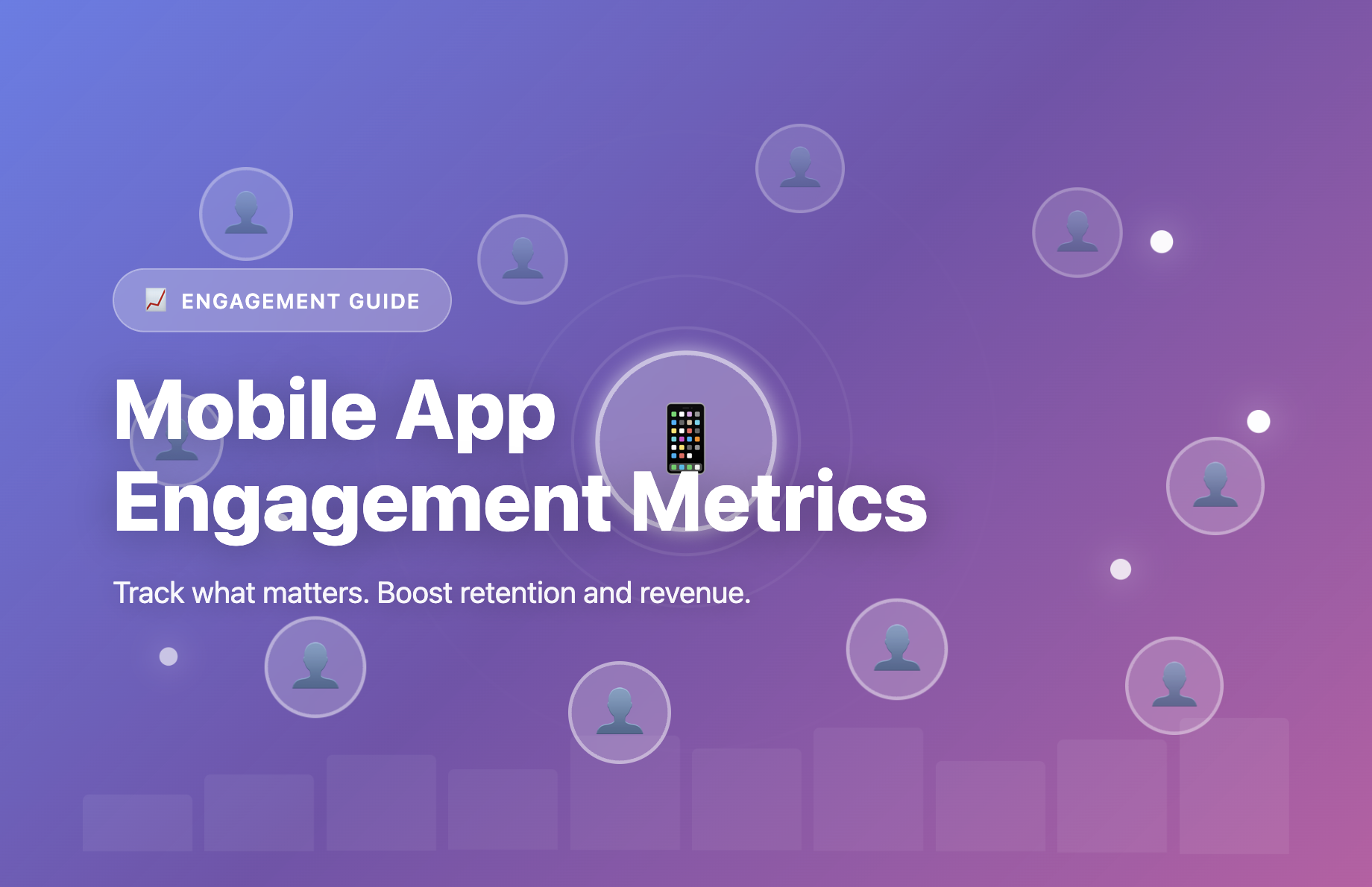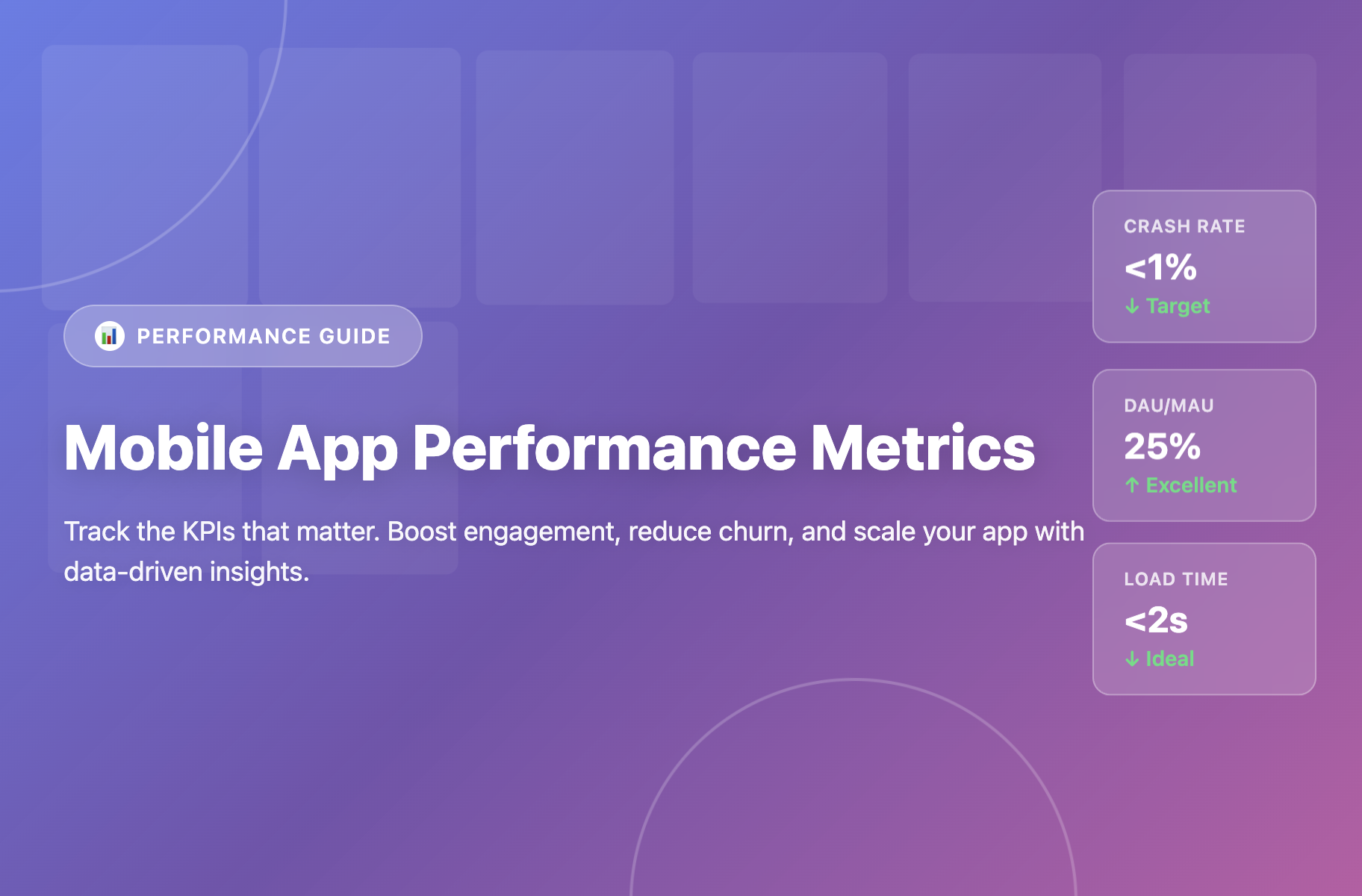We use cookies to ensure you get the best experience on our website. For more details, refer to our cookie policy and privacy policy.
December 2, 2024
5
minutes
Guide to Mobile App Experimentation: Dynamic User Experiences
Learn how you can run experiments for your mobile app to improve user engagement with examples from fast growing consumer apps like Duolingo, Airbnb.

Aarzu Kedia

Today, multiple apps offer similar solutions to every conceivable user problem - whether it's banking, shopping, learning, food delivery or ride-hailing. So, how can product managers, marketers, and founders make sure users are choosing their app from a crowd of 7 million (and growing) apps?
The answer lies in their ability to experiment effectively, and continually deliver the best user experience, every time.
What is Mobile App Experimentation?
Mobile app experimentation is a systematic approach to testing and optimizing various elements on your app. It's not just about A/B testing; but about testing different versions of features, designs, or functionalities, a crucial part of the product development lifecycle and making decisions backed on the data from these experiments.
Key components:
- Controlled experiments (A/B tests, multivariate tests)
- Feature flags and gradual rollouts
- User behaviour analysis
- Iterative improvements based on results
The Need for Experimentation
1. Competitive Edge in Saturated Markets
Getting and retaining user attention is more challenging than ever. Experimentation helps you stand out by improving user experience and feature sets regularly.
2. Optimizing User Experience
Users expect seamless, intuitive experiences. Experimentation helps you fine-tune your app's interface, features, and flows to meet and exceed these expectations. And keep users engaged.
3. De-risking Feature Development
Experimentation provides invaluable insights into user preferences and behaviors. It gives you a platform to test concepts in a controlled mannner before full implementation.
4. Delivering Targeted Experiences at Scale
You can identify user segments through their response to experiments. And deliver data-backed personilzed experiences to boost retention and lifetime value.
Steps to Run Effective Experiments for Mobile App Experiences
1. Hypothesis Formation:
- Revisit and benchmark your existing core metrics to establish a baseline for improvement.
- Identify key areas of improvement and set clear, measurable goals for your experiments.
- Take a segment-first approach while constructing hypotheses, considering different user groups and their unique needs.
2. Prioritizing Experiments
Use frameworks like ICE (Impact, Confidence, Ease) to prioritize your experiment backlog. Pick the one you expect to have the highest impact given the constraints (bandwidth, budget, timelines).
3. A/B Testing:
Set up controlled experiments where you compare two or more versions of a specific element in your app. This could be anything from button colors to entire user flows.
- Ensure statistical significance
- Control for external factors
- Consider sample size and duration
Here are some of the best A/B testing tools that you can choose from.
4. Documentation and Knowledge Sharing:
Document the results of each experiment, including both successes and failures. This knowledge base will be invaluable for future experiments and product decisions.
5. Realigning Product Roadmap:
Ensure that your efforts are aligned with user preferences and business goals- Use the insights gained from your experiments to inform and adjust your product roadmap.
Real-World App Experimentation Examples
1. Layout and UI
Test different layouts and UI elements to optimize user navigation and app aesthetics.
Spotify frequently experiments with its home screen layout to improve content discovery.

2. In-App Messaging
Experiment with different styles, timings, and content of in-app messages to improve user engagement.
Duolingo tests various motivational messages to encourage users to complete their daily lessons.

3. Onboarding Flow
Optimize your user onboarding process by testing different steps, information requests, and tutorials.
LinkedIn experiments with its onboarding flow to improve new user activation.

4. Pricing Strategy
Test different pricing strategies, discounts, and promotional offers.
Netflix experiments with various subscription offers and free trial durations.

5. Feature Release & Testing
Test new features or variations of existing ones to gauge user interest and adoption.
Instagram's experiment with hiding like counts is a prime example of feature testing.

6. Personalized communications
Experiment with push notifications, email campaigns and other forms of communication to improve user re-engagement.
Airbnb targeted to improve booking rates through personalized push notification experiments.

Key Metrics to Measure App Experiment Results
Metrics are very dependent on the type of industry and the type of experiment you’re running. Here’s a short but non-exhaustive guide of metrics that teams typically measure by industry.
1. Social media and entertainment apps
- Daily Active Users (DAU)
- Average time spent on the app
- Average revenue per user
2. Ecommerce apps
- Average order value
- Time to checkout
- User stickiness
3. Fintech apps
- Onboarding dropoff rates
- Conversion rate
- % of users adopting multiple functionalities
4. Travel and hospitality apps
- Checkout rates
- Repeat use rate
- Customer Lifetime Value
Checklist to Avoid Challenges in Mobile App Experimentation
- Ensure statistical significance before drawing conclusions
- Account for external factors that might influence results
- Be patient and allow sufficient time for experiments to run
- Avoid testing too many variables simultaneously
- Consider the impact on different devices and operating systems
- Build a culture of experimentation in your growth team
At Plotline, we understand that trying to fit in experiments on your roadmap can be a huge task.
Especially when you need to collaborate with your already overtasked engineering team for every little change that you want to make in the app.
And then hope that your users move to the newer version of your app to experience those changes.
That's why we empower product and marketing teams in fast growing consumer companies like Dream11, BharatPe, Upstox, CoinDCX and more to set up multiple growth experiments for their apps, without any engineering effort.
If this interests you, sign up for a free trial to learn how you can experiment without hassle.
FAQs
Q: How long should I run my mobile app experiments?
A: The duration depends on your app's traffic and the metric you're measuring. Generally, aim for at least two weeks or until you reach statistical significance.
Q: Can I run multiple experiments simultaneously?
A: Yes, but be cautious about potential interactions between experiments. Ensure that your sample sizes are large enough to draw meaningful conclusions.
Q: How do I prioritize which experiments to run?
A: Focus on areas that align with your key business objectives and have the potential for high impact. Use frameworks like ICE (Impact, Confidence, Ease) to prioritize your experiments.
Q: What if my experiment results are inconclusive?
A: Review your hypothesis, ensure your sample size is adequate, and consider refining your experiment design. Sometimes, a "no result" can also provide valuable insights.
Sign up for our newsletter
Thank you! Your submission has been received!
Oops! Something went wrong while submitting the form.
Improve app adoption with Plotline
Join companies like Zepto, Meesho, Upstox and others that use Plotline to test and launch app experiences and boost activation, retention and monetization.
.png)


%201.svg)

%201.svg)
%201.svg)
.jpg)


.png)

